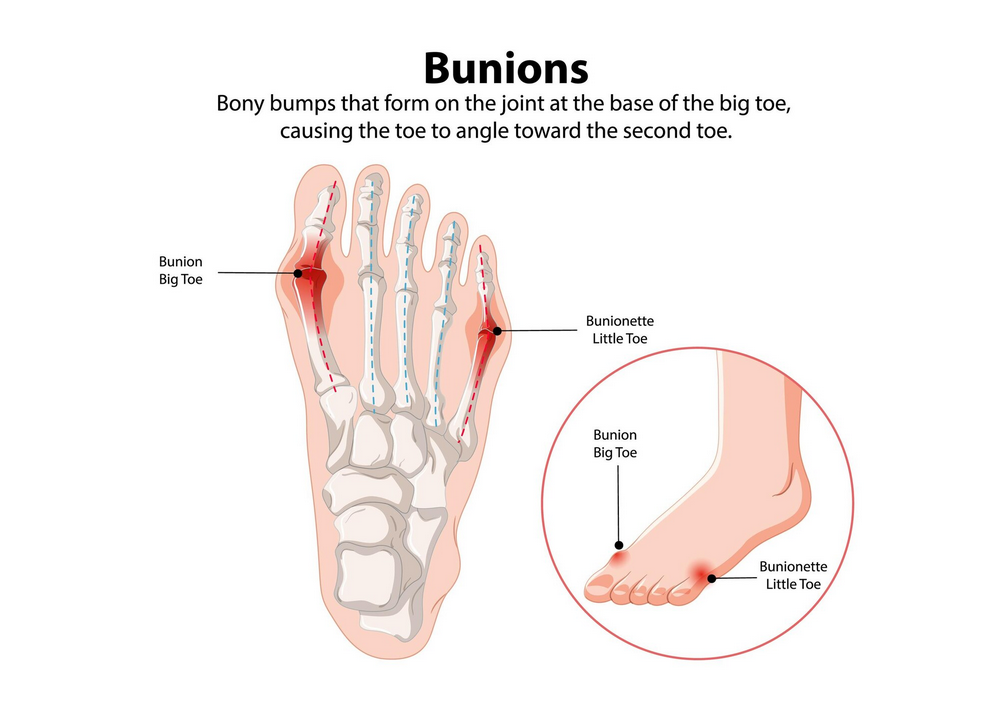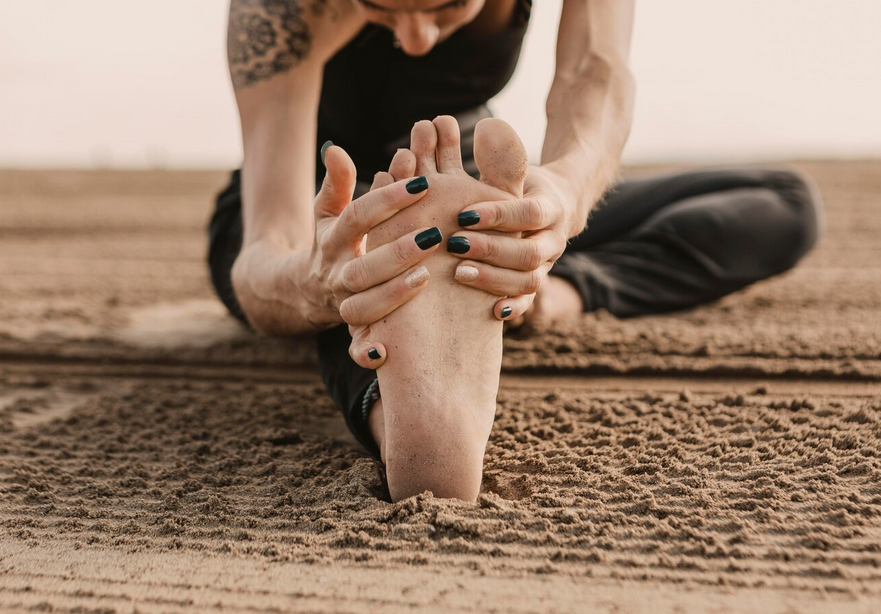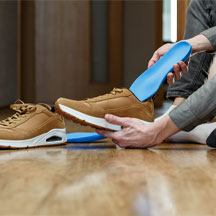Most of us don’t think twice about our feet until they start to hurt. Yet our feet work harder than almost any other part of the body. Everyday, they carry our weight from the moment we get out of bed to the second we crawl back in at night. They let us walk, run, balance, jump, and absorb high forces with every step. Ultimately, it’s no wonder foot injuries are among the most common problems we see at PhysioNow.
If you’re dealing with sore heels, painful arches, a sprained ankle, or more, you’re definitely not alone. Let’s take a closer look at why foot injuries happen, which ones are most common, and how physiotherapy can help you heal and get back to the activities you love.
What causes foot injuries?

Feet are incredibly complex structures with lots of little pieces, just like our hands. Each foot has 26 bones, and over 100 muscles, ligaments, and tendons working together. When one part is out of balance, overworked, or injured, it doesn’t just affect your foot, it can throw off your entire body.
Some of the underlying reasons behind foot pain or injuries include:
- Poorly fitting or unsupportive footwear
- A sudden increase in activity (like starting a new sport or over training)
- Placing your foot down wrong or landing improperly
- Abnormal foot posture such as flat feet or very high arches
- Spending long hours on your feet (common in many careers)
- Previous ankle sprains or untreated foot pain
Which injuries do we see most often in the clinic?

- Plantar fasciitis: That sharp heel or arch pain, especially first thing in the morning
- Ankle sprains: A twist or roll of the ankle sprains a ligament, leading to swelling, pain, and sometimes instability.
- Achilles Tendonitis: Pain in the back of the heel or lower calf caused by inflammation and overuse. Can lead to thickening of the achilles tendon.
- Bunions & Misalignment Issues: Structural changes in the feet that can be painful and make walking difficult
- Fractures: A break in the bone, usually from a trauma
- Morton’s Neuroma: Characterized by tingling or burning between the toes or in the ball of the foot, due to pressure on the nerve from a growth
How does physiotherapy help with foot injuries?
The good news? Most foot injuries respond really well to physiotherapy and don’t require surgery. Here’s how we typically help:
1. A comprehensive assessment
We don’t just look at your foot, we assess your whole body. That includes posture, gait (the way you walk or run), and movement patterns to figure out the source of the pain and how to correct it. For example, your foot pain may actually be from weakness at the hips or knees and must be treated accordingly.
2. Pain management strategies
Hands-on therapy, gentle mobilizations, taping, and sometimes ice, heat, ultrasound, or electrotherapy can help settle irritation and get you moving more comfortably.
3. Personalized exercise programs
We’ll design a plan for both in clinic and at home exercises. That might include stretching tight calves, strengthening small stabilizing muscles in your foot, or building up your arches for better support. Each person’s plan will be different depending on their goals, activity levels, hobbies, and area of pain
4. Footwear and orthotics guidance
The right shoes and custom orthotics can make a big difference. We’ll recommend what works best for your body and activity level.
5. Balance and proprioception training
Especially after ankle sprains, retraining your balance helps protect against future injuries and keeps you steady on your feet. Even minor ankle sprains negatively affect your body’s balance so it’s important to give them the proper care to stop things from worsening.
6. Lifestyle and training adjustments
From modifying how you train, to building in active recovery, to simple posture fixes, we’ll help you make small changes that support long-term foot health. This may involve taking a temporary break from your activities, and then slowly building back up to give your body time to adapt and get stronger. If your workplace requires you to be on your feet, we can talk about strategies like fatigue mats, adjusting work postures, or specialized shoes and orthotics to give you relief.
Looking to get rid of your foot pain?
Look for PhysioNow! Don’t let your foot pain get in the way of your life or sports anymore, you can live pain free again! Whether you’re looking for help with a new, chronic, overuse, or sports injury, PhysioNow’s expert clinicians can help you. With 10 locations across the west GTA including Burlington, Oakville, Mississauga, Etobicoke, we are never too far away. Book with PhysioNow today for your first assessment and treatment for foot health and pain.





Leave a Reply